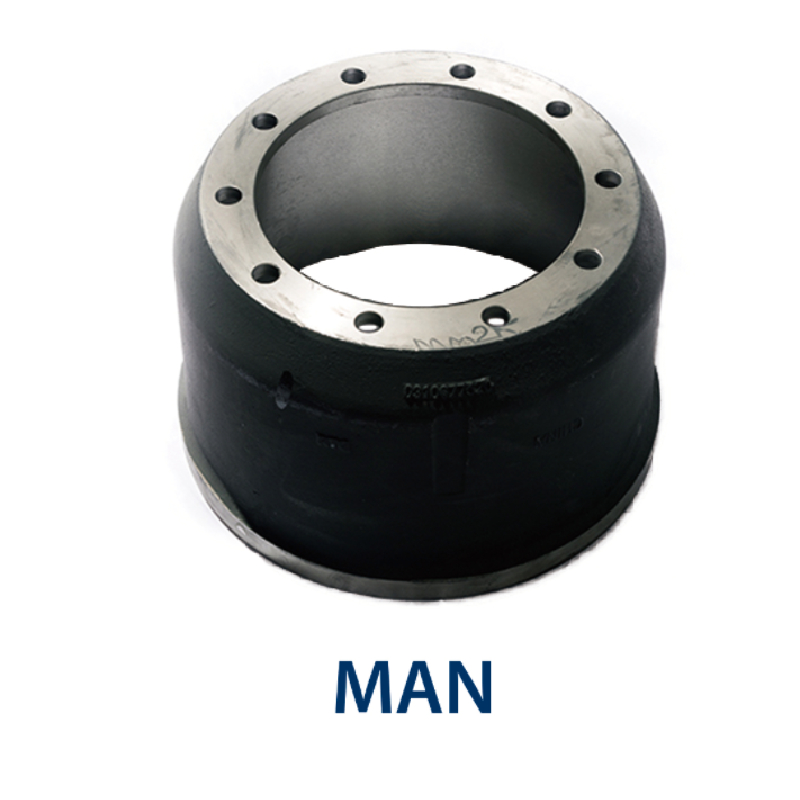Oct . 10, 2024 15:49 Back to list
brake drum to disc conversion
Converting Brake Drums to Disc Brakes A Comprehensive Guide
The automotive world constantly evolves, with innovations enhancing safety, performance, and efficiency. One significant area of improvement is the braking system, specifically the transition from traditional brake drums to modern disc brakes. This conversion is not just a trend; it’s a practical upgrade that enhances vehicle performance, safety, and functionality. This article explores the benefits, considerations, and steps involved in converting from brake drums to disc brakes.
Benefits of Converting to Disc Brakes
1. Improved Stopping Power Disc brakes provide superior stopping power, especially under heavy loads or high-speed conditions. The design allows for better heat dissipation, which reduces brake fade – a condition where brakes lose effectiveness due to overheating.
2. Better Wet Weather Performance Drum brakes can collect water and lose efficiency in wet conditions, whereas disc brakes are less prone to water retention. The open design of disc brakes allows for quick drainage and better performance during rain.
3. Easier Maintenance Disc brakes are generally easier to maintain than drum brakes. The components are more accessible, making it simpler to inspect pads and rotors for wear and replace them as needed.
4. Enhanced Cooling Disc brakes can dissipate heat more effectively due to their design and exposure to air. This leads to consistent braking performance and longevity of the brake components.
5. Aesthetic Appeal For car enthusiasts, disc brakes often give a modern and sporty appearance. They can enhance the overall look of the vehicle, appealing to both functionality and aesthetics.
Factors to Consider
Before embarking on the conversion, several factors need to be considered
1. Vehicle Compatibility Not all vehicles are suitable for a straightforward conversion. Understanding the compatibility of parts, including the axles and suspension, is crucial.
2. Cost Converting to disc brakes can be expensive. Costs include parts, labor, and potentially upgrading other related systems. Analyzing the benefits versus the cost will help in making an informed decision.
brake drum to disc conversion

3. Regulations Some regions have specific regulations regarding brake systems. It’s essential to check local laws to ensure that the conversion complies with safety standards.
4. Skill Level If opting for a DIY conversion, one must assess their mechanical skills. While some may choose to tackle this project as a hobby, others might benefit from professional assistance.
5. Choosing the Right Kit Various conversion kits are available in the market, which include different rotor sizes, calipers, and brackets. Selecting a kit that suits your vehicle and performance needs is vital.
Steps for Conversion
1. Gather Necessary Tools and Parts Before starting, gather the required tools, including wrenches, jack stands, and potentially a brake bleed kit. Purchase a complete disc brake conversion kit designed for your vehicle model.
2. Remove the Old Drum Brakes Safely lift the vehicle using a jack and secure it with jack stands. Remove the wheels, then detach the drum brakes by taking off the brake shoes, springs, and backing plate.
3. Install the Disc Brake Components Begin by securing the new caliper bracket to the axle. Install the rotors onto the hub securely, followed by the caliper. Ensure everything is tightened according to the manufacturer’s specifications.
4. Attach Brake Lines Connect the new brake lines as per the kit instructions, ensuring all fittings are tight to prevent leaks.
5. Bleed the Brakes After everything is installed, bleed the brake system to remove any air from the lines. This step is crucial for effective braking performance.
6. Test Drive Finally, conduct a test drive in a safe environment to ensure the brakes function correctly. Listen for any unusual noises and check for proper brake engagement.
Conclusion
Converting from brake drums to disc brakes is a valuable improvement that can lead to enhanced vehicle performance and safety. While the process requires careful consideration and planning, the benefits are undeniable. With the right tools, parts, and a bit of mechanical skill, this upgrade can be a rewarding undertaking for automotive enthusiasts and everyday drivers alike.
-
Scania Brake Drums: OEM Quality for Optimal Safety & Durability
NewsAug.16,2025
-
R.V.I: Advanced Remote Visual Inspection for Precision
NewsAug.15,2025
-
Discover HYUNDA: Innovative Vehicles, Equipment & Solutions
NewsAug.14,2025
-
R.V.I: Unlock Advanced Insights & Real-time Performance
NewsAug.13,2025
-
Kamaz Brake Drum: Durable & Reliable for Heavy Duty Trucks
NewsAug.12,2025
-
Heavy Duty Iveco Brake Drum - Premium Quality & Safety
NewsAug.11,2025
